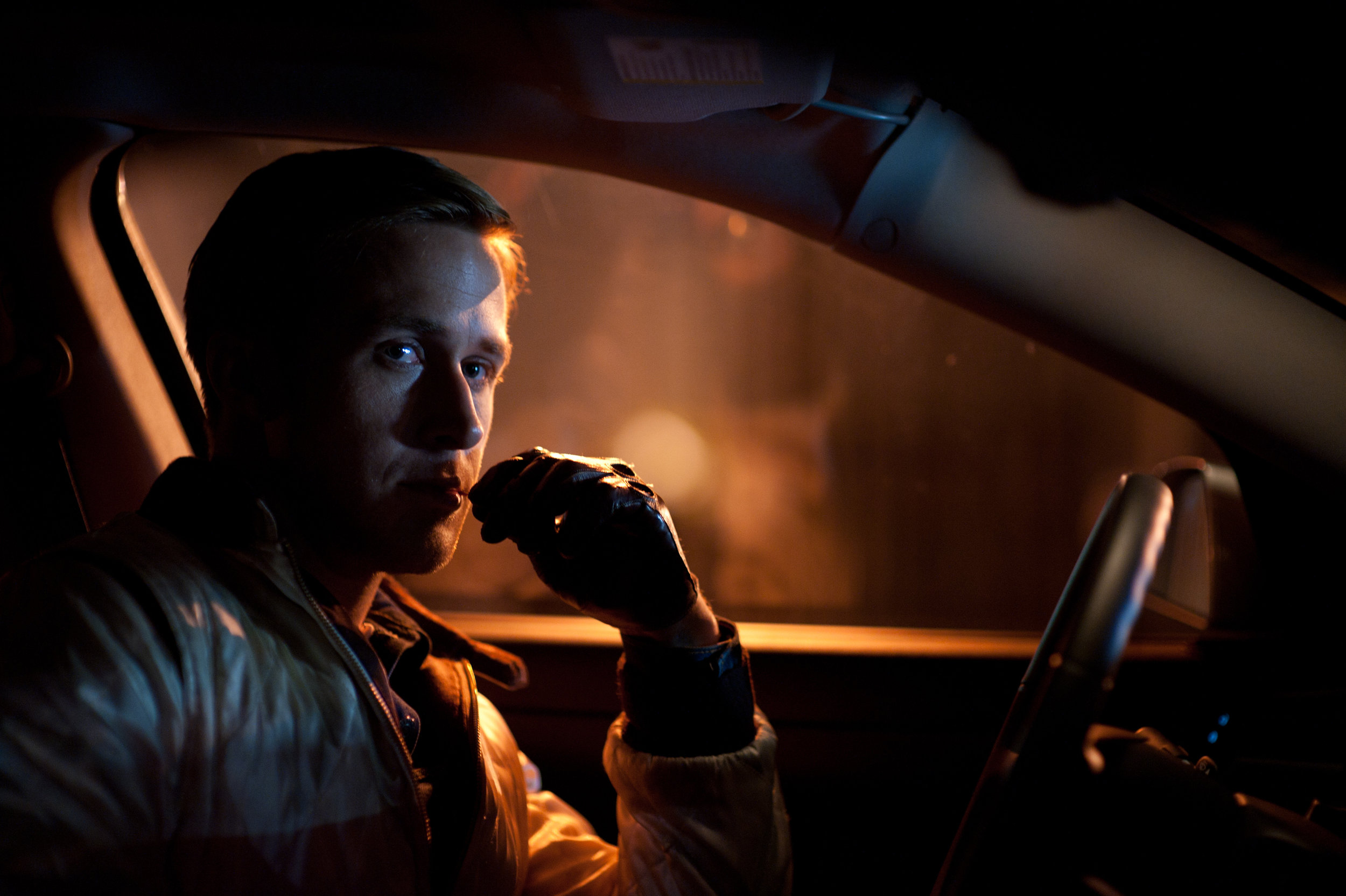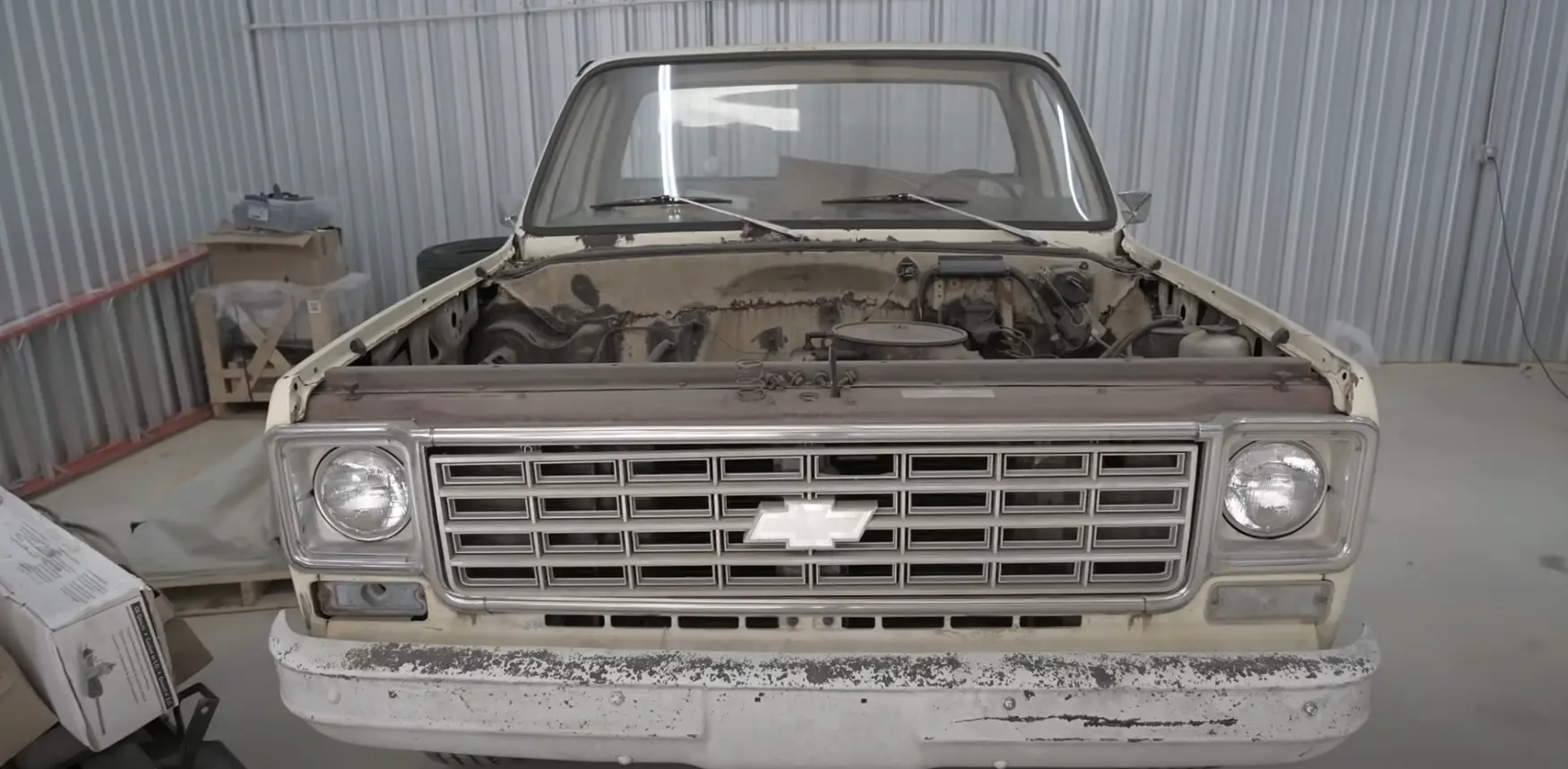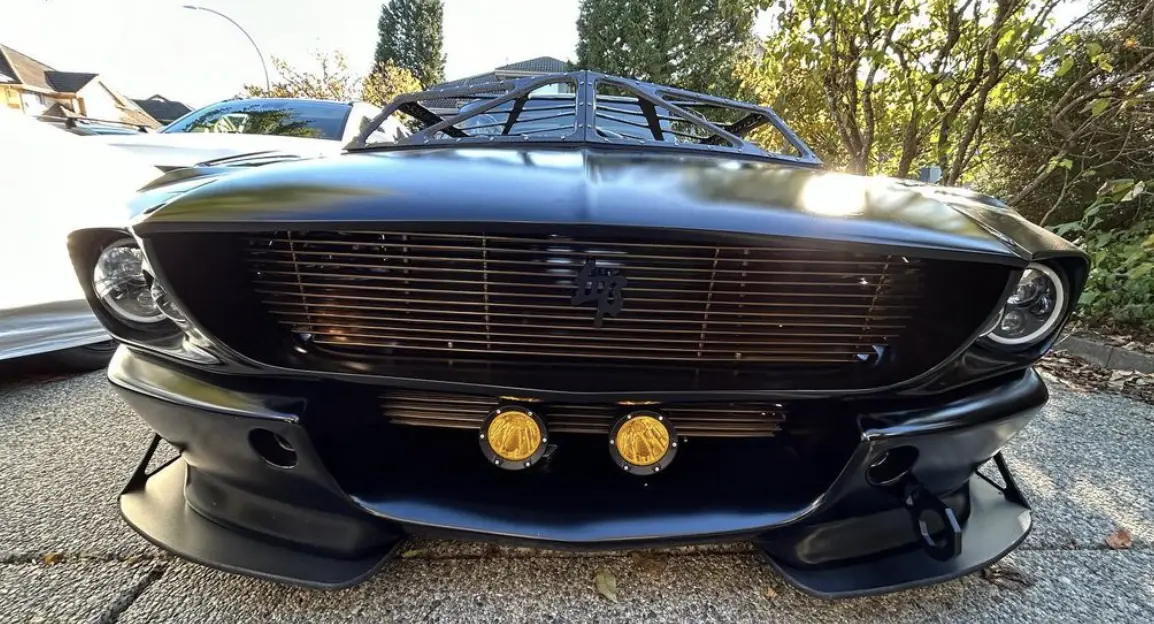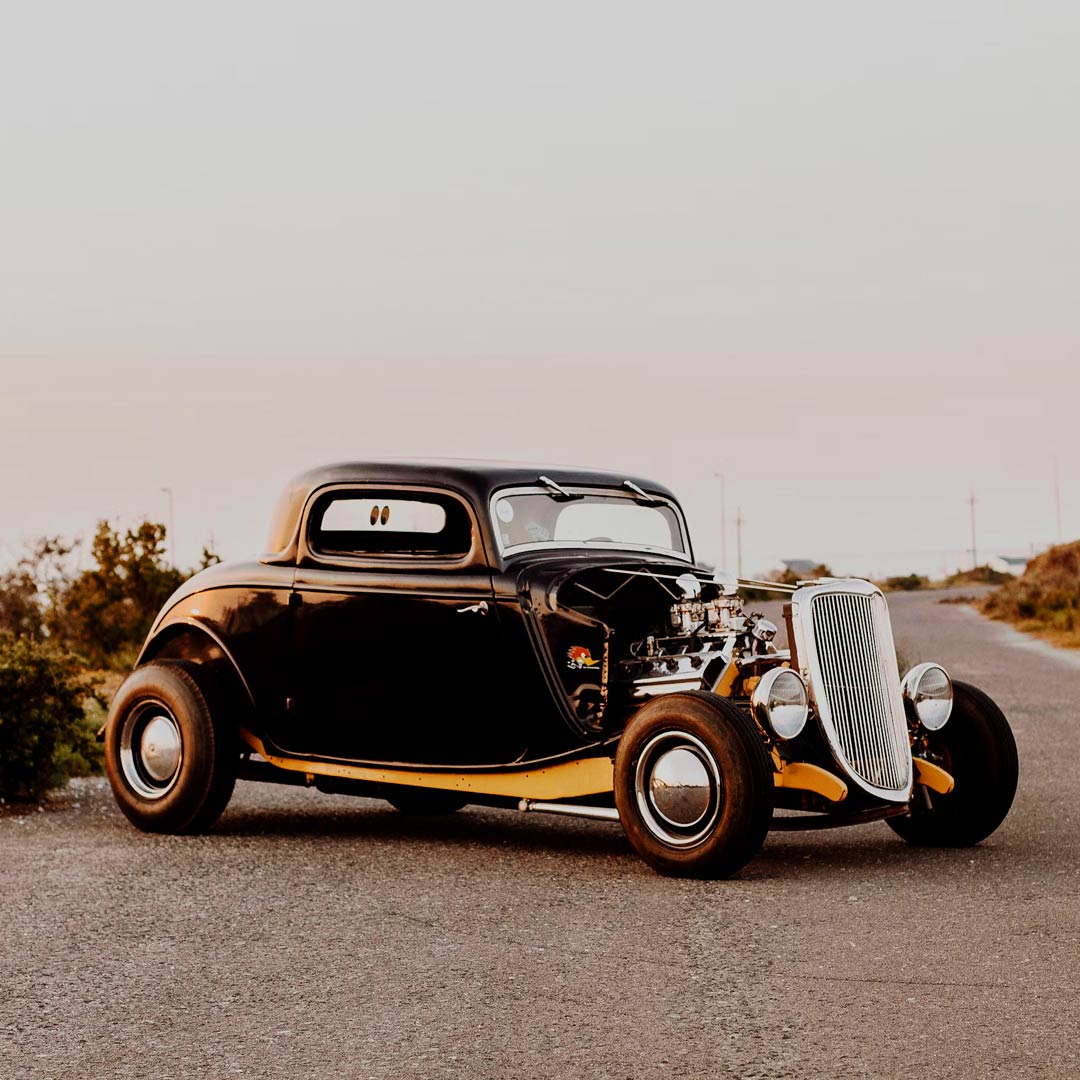About JC Whitney Editorial Team
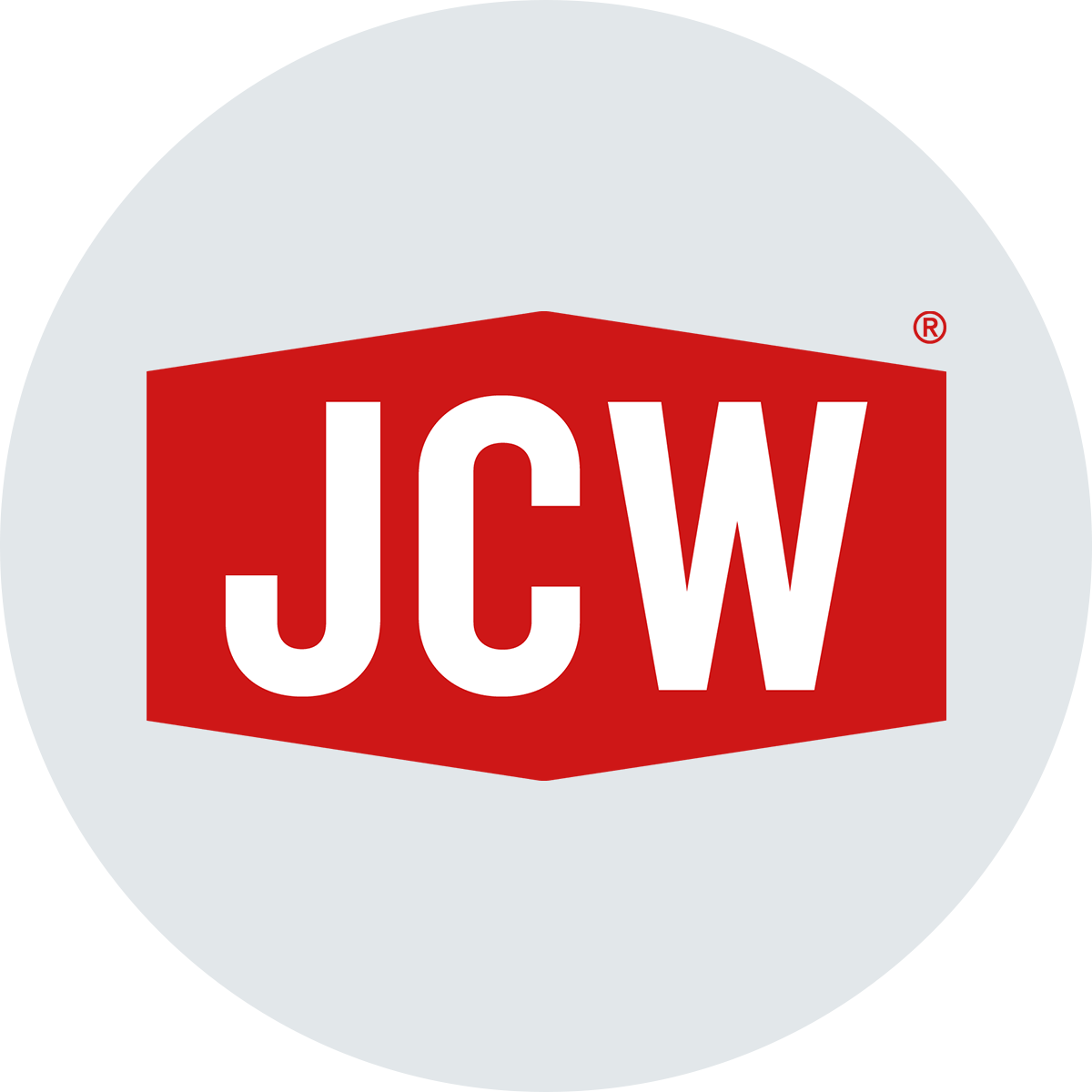
Meet the JC Whitney Editorial Team, your go-to experts for automotive insights, from in-depth car culture articles to the latest in vehicle tech.
More from JC Whitney Editorial TeamOf all the films in the modern era to feature incredible stunt driving and over-the-top getaway scenes, Drive stands out for having a unique feel and being more true to life than many action films where cars are prominent. Although it isn’t a powerhouse franchise, this cult classic is still remembered for its extreme tension and the next-level chase scenes it delivered. While Drive doesn’t necessarily have the same bravado as, say, The Fast and the Furious films, it makes up for that in realism. Starring Ryan Gosling and Bryan Cranston, the film follows some low-level criminals as they became entrapped by events bigger than themselves and try to escape with their lives. What draws people in about this movie is how real everything feels, and a huge part of that is accomplished simply through the cars seen on screen. Here’s how those cars make an impact on the film.
2010 Chevy Impala
In the opening moments of the film, Ryan Gosling’s character, the driver, walks into a garage and passes a series of 60s and 70s cars including a ‘69 Plymouth Roadrunner with an air-grabber hood, a ‘67 Pontiac GTO, and a ‘68 Cadillac Fleetwood Eldorado. All the while, Bryan Cranston’s character, a mechanic, explains the details of the car he has selected for the Driver’s errand that night, driving away for a heist. He asked for something “boring,” that won’t stand out, and eventually we see the car: a 2010 Chevrolet Impala.
The film itself was released in 2011, so this would have been a contemporary car, but not brand new. Cranston’s character describes it as “the most popular car in the state of California,” adding “no one will be looking at you.” Right away the movie subverts tropes we’re used to in films with a lot of fast cars and risky driving. Instead of opting for a fast muscle car or maybe a flashy tuner, Gosling’s character performs his job in a car he feels no prying eyes will look twice at. He does eventually get noticed by the police, but thanks to all the modifications under the hood he’s able to get away.
The 2010 Chevy Impala enjoyed popularity largely due to its reputation as a reliable and spacious full-size sedan, making it a preferred choice for families, fleet use, and even law enforcement. It offered a comfortable ride with ample room for passengers and cargo, which was a significant selling point. The Impala came with a choice of a 3.5-liter V6, providing a balance of power and fuel efficiency, or a more powerful 3.9-liter V6, appealing to those seeking a bit more performance. Additionally, its affordability and low maintenance costs contributed to its popularity in the used car market, where it continues to be a practical option for budget-conscious buyers. The 2010 Impala’s blend of space, comfort, and reliability kept it competitive in its segment.
1973 Chevy Chevelle Malibu
This is the unnamed main character of Drive’s own car, a 1973 Chevy Chevelle Malibu. As vintage American muscle goes, there’s nothing all that flashy about it. There are more powerful cars from the era; there are cars that look cooler. But that’s exactly what makes it a good choice for the character. He’s not rich. He can’t necessarily afford something top of the line, but he still wants a quality, vintage ride. Although a lot of modern car movie franchises have an obsession with iconic vintage muscle like the Dodge Charger R/T, the choice of the Malibu helped Drive feel a little more grounded and realistic. It’s common practice in TV and movies to make the car fit the character as much as possible, actor Ryan Gosling actually chose the ‘73 Malibu himself and even helped restore it, creating an even deeper connection between car and character.
The 1973 Chevrolet Malibu was part of the Chevelle lineup. It was a popular enough mid-size car during its era and although the 1973 models came in multiple options including the base model deluxe, in 1974 the deluxe was dropped and Malibu became the entry-level Chevelle. The ‘73 model was available with a range of engines, including a standard 250 cubic inch (4.1-liter) inline-six engine that delivered modest horsepower. For those looking for more power, there were V8 options available, such as the 307 cubic inch (5.0-liter) V8 or the more robust 350 cubic inch (5.7-liter) V8, which could produce significantly more horsepower. The 1973 Malibu also offered a three-speed manual or an optional three-speed automatic transmission.
2011 Ford Mustang GT
The 2011 Ford Mustang GT might actually be the flashiest car seen in the whole movie—an interesting gray area for a movie that features so many cars and driving scenes. Part of the flash is simply the way its driven. The Mustang makes a big impact in the chase scene after the pawn shop robbery goes sour. The driving in this scene is overshadowed only by the getaway scene in the movie’s opening moments.
The fifth generation Mustang was seen as a glorious return to form by many, and the recently facelifted 2011 model year was a part of that sensation. But let’s face it, it’s by no means an uncommon or collector car. Again with this car, the lineup of vehicles in the film is aiming for realistic as opposed to over the top. The criminal enterprises depicted in Drive are dealing with a lot of money, but none of the individual criminals are making Scarface-level cash. The 2011 Mustang GT represents a powerful but approachable car that it would make sense for characters in this film to select.
The 2011 Mustang GT stood out for several reasons, marking a significant update in the Mustang lineup. This model year introduced the 5.0-liter Coyote V8 engine, a major highlight, producing an impressive 412 horsepower and 390 lb-ft of torque. This engine reintroduced the “5.0” moniker, a nostalgic reference for Mustang enthusiasts recalling the iconic late 80s and early 90s models. The 2011 GT also featured upgraded suspension and steering systems, enhancing its handling and driving dynamics compared to previous models. Aesthetically, it boasted a more aggressive design with enhanced aerodynamics, contributing to its sportier look and performance edge. This combination of power, performance, and style helped redefine the Mustang GT as a modern muscle car that paid homage to its historic roots.
2006 Chrysler 300
Along with the Mustang GT, the Chrysler 300 helps round out the adrenaline-pumping chase scene mentioned above. Compared to the Mustang’s sportier, aerodynamic design, the 300 looks almost blocky, but still casts a mean, intimidating look, making it perfect for the car driven by the villains in this chase scene. In fact the 300 is such a good villain car that it was notably chosen as the daily driver of another famous on-screen heel when he reached his most evil moments.
The 2006 Chrysler 300 stood out as a powerful car primarily due to its engine options, particularly the top-of-the-line 5.7-liter HEMI V8, which was capable of producing 340 horsepower and 390 lb-ft of torque. This engine option incorporated modern technology like Multi-Displacement System (MDS), which allowed it to deactivate half of its cylinders during cruising to improve fuel efficiency without sacrificing performance. Additionally, the Chrysler 300 featured a bold, distinctive design with a high beltline and a commanding presence, which, when combined with its rear-wheel drive layout, provided a robust and dynamic driving experience reminiscent of luxury sedans. The combination of aggressive styling and potent engine choices made the 2006 Chrysler 300 a popular choice among those seeking a powerful and stylish full-size sedan.
Honorable Mentions
1992 Ford Crown Victoria
When we’re shown a moment of the Driver’s work life, we see him behind the wheel of a Crown Vic on a movie set, which he expertly crashes for the camera. Although police departments have mostly moved on from the Crown Vic as a cruiser, we still see them in plenty of movie stunts, making the use of one for this scene all the more realistic.
1998 Lincoln Town Car
In plenty of crime movies we see the gangsters living the high life; driving fancy cars and traveling in style. But Drive chooses to portray its criminal characters as small-time. Still chasing the lifestyle of their movie counterparts but grounded by what they can actually afford. Therefore having one of the film’s prime villains, played by the legend Ron Pearlman, get driven around in what was at the time a 13 year old luxury sedan feels fitting. He can afford a driver but he’s a far cry from going around in a Rolls-Royce.
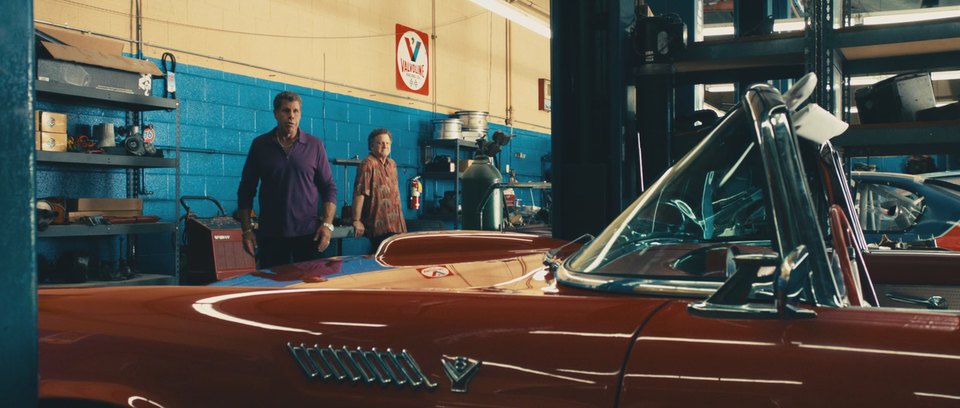
1955 Ford Thunderbird
The ‘55 Thunderbird only makes a brief appearance in this film, and Ron Pearlman’s character adds to his cartoon-villain charisma by commenting that he thinks this particular car would help him meet women (he says it in cruder terms than this). Bryan Cranston’s character is then obliged to sell it to him, saying it could “make even you attractive.”
